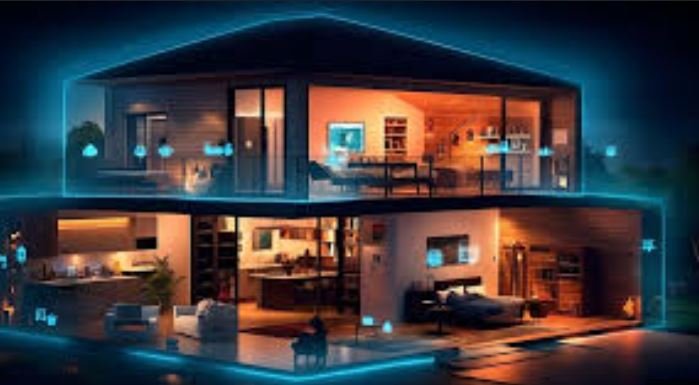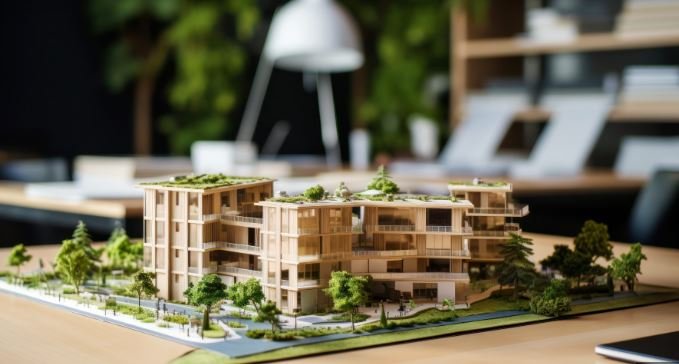Integrating Technology into Architectural Design
Integrating technology into architectural design is revolutionizing how we conceive and construct buildings. Architects leverage technological advancements to create structures that are not only aesthetically pleasing but also highly functional and sustainable. From smart buildings to 3D printing, technology is redefining the boundaries of architectural design.

1. Smart Buildings
Smart buildings represent a significant leap in integrating technology into architecture. These buildings use advanced systems to monitor and control various functions such as lighting, heating, and security. Sensors and automation technologies enable buildings to adapt to the needs of occupants, optimizing energy use and enhancing comfort. For example, The Edge in Amsterdam is a smart building that uses IoT devices to create a highly efficient and user-friendly workspace.
2. 3D Printing in Construction
3D printing technology is transforming the construction process by allowing architects to create complex designs with precision and speed. This technology reduces waste and allows for the use of innovative materials. The use of 3D printing in architecture has led to the creation of intricate building components that would be impossible or too costly to produce using traditional methods. Projects like the 3D-printed office in Dubai showcase the potential of this technology in creating unique and sustainable structures.
3. Building Information Modeling (BIM)
Building Information Modeling (BIM) is a digital representation of the physical and functional characteristics of a building. BIM enables architects and engineers to create comprehensive models that include every detail of a project. This technology improves collaboration, reduces errors, and ensures that all stakeholders have access to up-to-date information. BIM is instrumental in the design and construction of complex projects, such as the Beijing National Stadium, where coordination between various teams is crucial.
4. Virtual Reality (VR) and Augmented Reality (AR)
Virtual Reality (VR) and Augmented Reality (AR) are powerful tools in architectural design. VR allows architects and clients to explore a building in a fully immersive environment before construction begins. This technology helps in making informed design decisions and identifying potential issues early in the process. AR, on the other hand, overlays digital information onto the physical world, enabling architects to visualize how a design will look in its actual context. These technologies are invaluable for presenting ideas and improving client engagement.
5. Sustainable Design Solutions
Technology is integral to the development of sustainable architectural designs. Advanced software and tools enable architects to analyze the environmental impact of their designs and make data-driven decisions to reduce energy consumption and carbon footprint. Technologies such as solar panels, green roofs, and rainwater harvesting systems are increasingly integrated into building designs to promote sustainability. The Bullitt Center in Seattle, for instance, is one of the greenest commercial buildings in the world, utilizing various sustainable technologies to achieve net-zero energy use.
6. Parametric Design
Parametric design uses algorithms to manipulate design parameters and generate complex forms and structures. This technology allows architects to explore a vast array of design possibilities and optimize structures for performance and aesthetics. Parametric design tools like Rhino and Grasshopper enable the creation of intricate and innovative designs that were previously unattainable. Zaha Hadid Architects have famously used parametric design to create iconic buildings like the Heydar Aliyev Center in Baku, Azerbaijan.
Conclusion
Integrating technology into architectural design has opened up new possibilities for innovation, efficiency, and sustainability. Smart buildings, 3D printing, BIM, VR/AR, sustainable design solutions, and parametric design are just a few examples of how technology is reshaping the field of architecture. As technology continues to evolve, architects will have even more tools at their disposal to create buildings that are not only functional and beautiful but also environmentally responsible. The future of architecture lies in the seamless integration of technology to push the boundaries of what is possible in design and construction.



